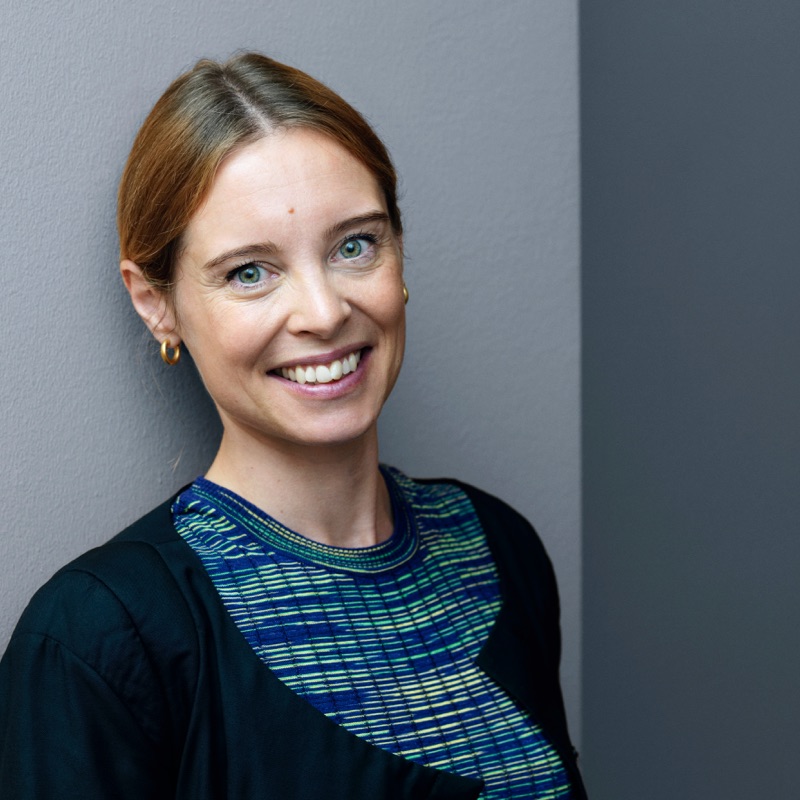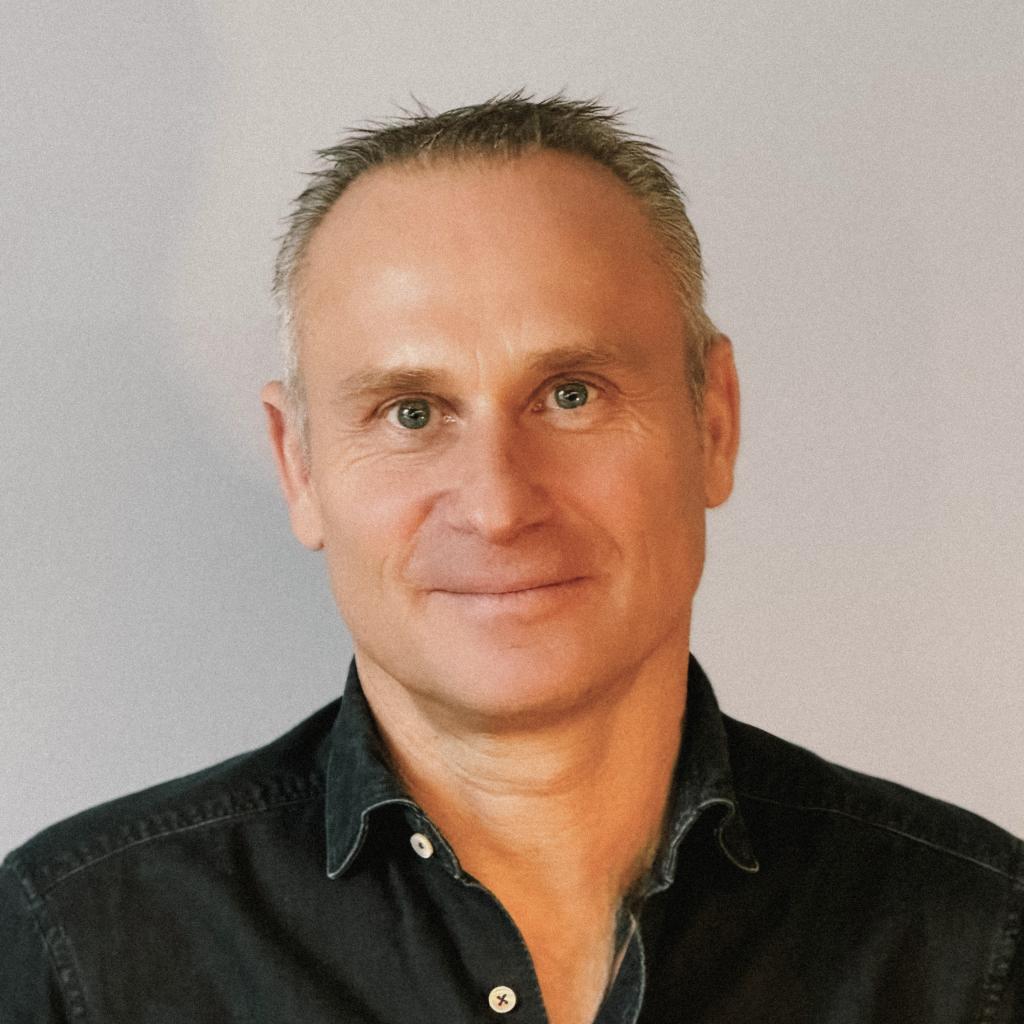
Debunking the myth of the lone innovator
The prevalent image of innovators is that of the one of a kind genius in the garage, college dorm or basement. However, transformative innovations usually originate from within large companies and are for the most part also scaled and realised by them. In his latest book, Kaihan Krippendorff, a Thinkers50 speaker on innovation, suggests why you should look inside your organisation for groundbreaking innovations by backing it up with data from the last 30 years.
September 24, 2020
It is time to stop the narrative and media’s portrayal of genius entrepreneurs and start-ups disrupting existing businesses. While this is true in some cases, the matter of fact is that this happens much rarer than we think. In his book, “Driving innovation from within” Kaihan Krippendorff interviewed 150 corporate entrepreneurs and analysed research conducted by Wharton Business School and PBS on the 30 most transformative innovations from the past 30 years. He then posted the questions: “Where and by whom were these innovations conceived, developed and scaled?”.
In his findings, he concluded that 22 of 30 innovations were conceived by a person or a team within large companies. Moreover, only 2 were scaled by individuals. That might not be surprising. After all, large companies have resources to back good ideas. However, Kaihan uncovered that in most cases, competitors of the company in which the idea was originally conceived, develop and scale the ideas. In effect, that means a lot of organisations do not take full advantage of the innovative potential that lies within them and miss promising opportunities.

Why do many companies struggle to harness their innovative potential?
Kaihan suggests that many intrapreneurs face what he calls corporate antibodies when going from conceiving an idea, to developing it. Often the original idea authors find it too difficult to get the idea exposed to senior management and get their backing. They are too busy running the current business and looking for new ideas outside the organisation.
You might be familiar with the story of Steven Sasson, who was a young engineer employed by Eastman Kodak in 1973 and invented the digital camera. By 1975, Mr Sasson presented the first camera and the process that allows us today to take photos with our phones, send images around the world within seconds and share them with millions of people. Kodak acquired the world patent in 1978 and with that, the chip that is in every sold digital camera. In 2008 the patent ran out. It is important to say that the management’s decision to prioritise chemistry and paper over the new digital was a sane and rational business decision made by a capable management team. Nevertheless, they still missed the train.
We can also observe that with the companies we work with. It is hard, to prove the value of an idea with very high uncertainty compared to the current well-performing “cash cow”. Corporate entrepreneurs have to spend a lot of time and energy to move forward with their idea (read more about how some great innovators have overcome these challenges in our online magazine – Inside Innovation).
However, it does not have to be like that. We often ask executives: ”How many Mr Sasson’s do you have employed?”, “How many “next wave” project do you already have in your basement/incubation zones?”. If you do not know, it is time to find out and equip the people with the right tools and resources to test and validate their ideas and eventually succeed.
It is not necessarily a failure of existing management systems. It is more a result of a highly structured, focused and intense process that breaks away from existing procedures and governance intending to find the hidden genius and help them get time in front of executives, pitching the potential of their idea.
You’ve got the power, use it
At Nosco, we have worked with intrapreneurship with a wide range of companies for more than 15 years. Using our collaborative platform for ideas, we have specialised in supporting large companies in finding and connecting creative minds within their organisation to share and mature ideas. What we learned is that all companies have unused innovative potential: their employees. Innovation is not only about coming up with new, brilliant ideas – it is as much about creating value from these ideas by bringing them to the right people. Our triumph is when we enable the unknown inventor to stand in front of top management and pitch their idea. Almost every time executives are surprised and impressed by what a few dedicated and motivated individuals can achieve within a short period, given the right structure and tools. We hear statements such as “I didn’t know we had people like this”, ”I didn’t expect us (the company) to be able to do this.”
The point is that if large companies can apply their extensive superpowers, there is no reason that they cannot supply the transformative innovations of the future. However, it requires that they start utilising the potential that lies within their organisation; supporting their employees in conceiving new, and previously suggested ideas, connecting the right people and backing them with the resources they need to develop and scale ideas. To quote Rita Gunther McGrath: “Successful companies of tomorrow are finding a new way to compete by empowering the true drivers of innovative growth: their employees”.
We know you’re busy, so we tried to keep it short. If you want to hear more, drop a line, write a mail or connect via LinkedIn.

Thilde is an experienced consultant with a background strategy, business development and innovation within large corporations. She is the “whisper in the ear” of campaign managers and is specialised in communication and mobilisation. Thilde also has a long-term connection to Copenhagen Business School, acting as a lecturer and examiner within innovation and strategy.

Morten has more than 20 years of experience as a management consultant, helping Implement Consulting Group grow to the largest independent consultancy in Scandinavia. An entrepreneur at heart, he has started and grown several successful businesses and now serves as a board member to numerous start-ups.
MORE ARTICLES






